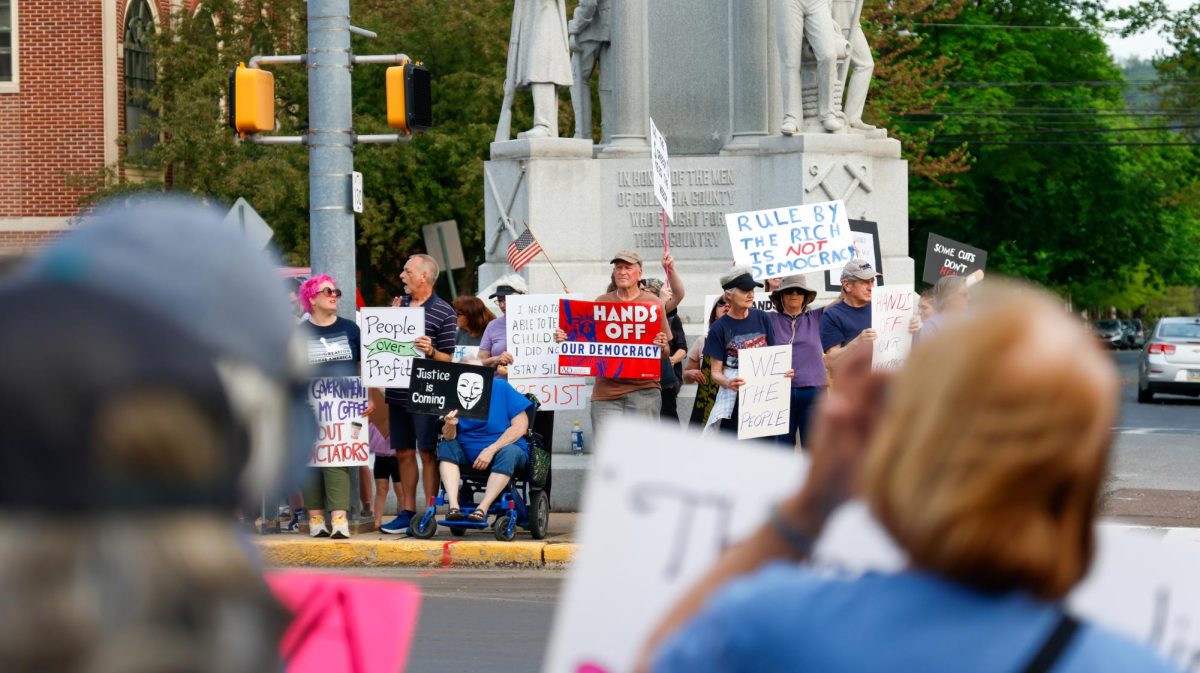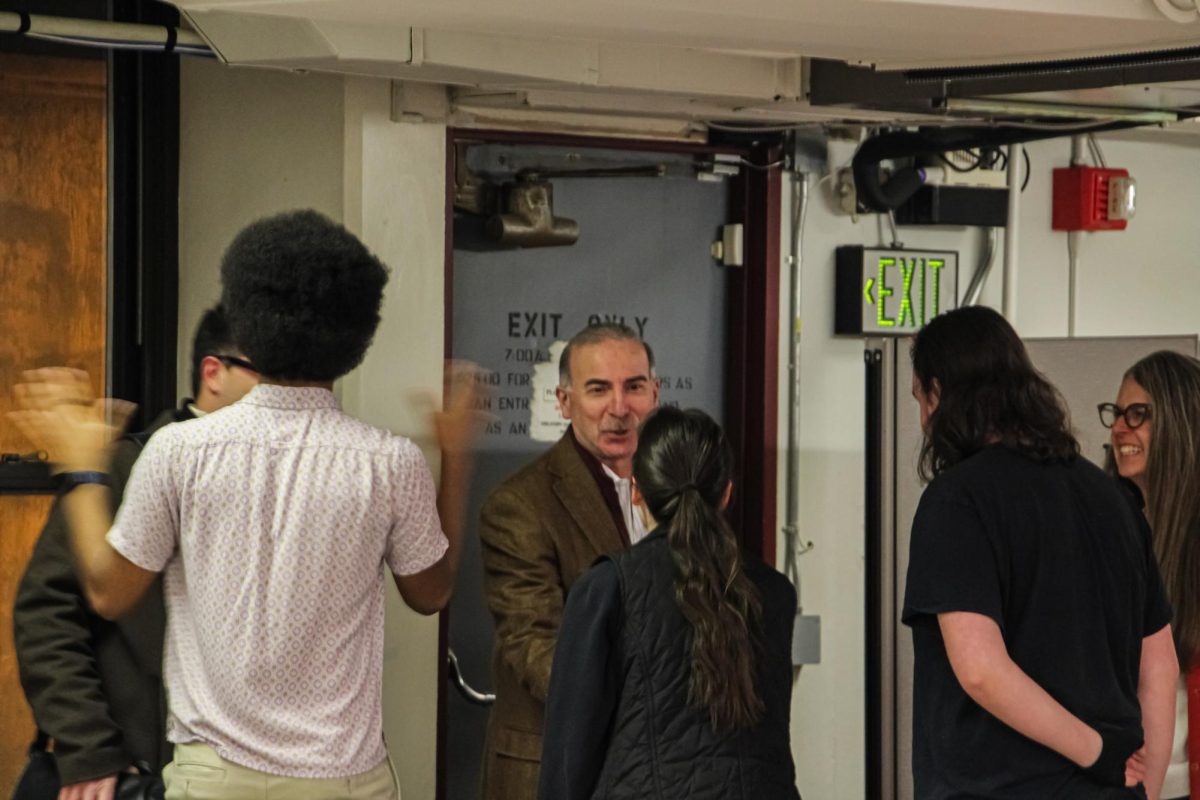The harmful effects of Arabian stereotyping
How pop-culture can hurt Muslim women
October 3, 2019
French Montana’s cover art for his new album shows the rapper sitting in the middle of a group of women dressed in a Niqāb, which is a garment of clothing worn by some Muslim women as a part of a particular interpretation of hijab (modest dress).
While many tabloids praised Montana for “honoring” his Muslim heritage, the album cover highlights a larger problem facing Muslim women in today’s society: Orientalism and hyper-sexualization of their bodies.
After watching the video tied to this new album cover, I could tell that the women who decided to partake in this video were not women who had worn the niqāb as a religious commitment.
The re-orientation of Muslim women’s sexuality for capitalist consumption is mimicking the same power dynamic Montana purports to fight. Muslim women don’t need men to justify their existence nor create a fictional fantasy where they can be welcomed as props idly waiting to be noticed.
The crossed legs and red boots don’t read as domineering but a futile attempt at art direction, hoping the audience would attach a deep meaningful context. As a Middle East researcher and feminist, I found this video offensive because it’s another example of internalized Orientalism.
Orientalist portrayals of women often describe them as submissive beings in the context of a larger male-dominated society. In reality, this is often not the case, but Arab women continually face this problem in representations of them in western popular culture.
Muslim women and Muslim fashion currently have unprecedented visibility in American consumer culture. Yet women who cover are among the most visible targets for curtailed civil liberties, violence, and discrimination.
The fetishization of the hijab and Muslim women descends from decades of stereotypical images that have been used to fortify imperial projects in the Middle East and Islamophobic policies and attitudes at home. U.S. meddling in Muslim-majority countries and the war on terror have been the political backdrops against which retailers and advertisers have commodified Muslim women.
Muslim women’s sexuality isn’t a commodity, the purpose of the hijab/niqāb to many Muslim women who choose to wear it is to privatize their sexuality. Montana disregards their agency and body autonomy to support his savior complex.
We first need to familiarize ourselves with dismantling the Euro-centric sexual discourse decentralizing Muslim women’s formative lived experiences.
Reading Foucault’s “The Repressive Hypothesis,” the manifestation of sexual discourse within families and the state’s intervention is re-orienting desire to regulate economic and political behavior. Foucault highlights the transition between privatizing sexual discourse and the rudimentary stages of self-policing to an internalized capitalist tool for controlling the population.
Muslim men have long been the gatekeepers of knowledge as it relates to sex, sexuality, and gender – and hence are often treated as intermediaries for religious institutions and theocratic states. The projected monolithic structures implicated in the curation of my own identity in relationship to sex, gender, and sexuality, coupled with conversations about sexual identity with Muslim women, is why Montana’s new work is a gross misrepresentation of Muslim women.
Laura is a senior Arabic major and is the President of the BU Student Muslim Association.


















